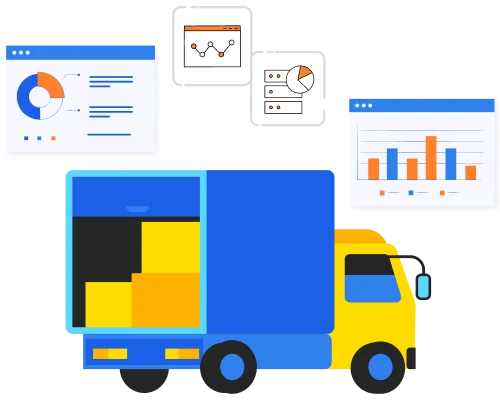
Optimizing Fleet Operations through Sensor Data Integration and Power BI Reporting
Our client, a Fortune 500 subsidiary, collected sensor data from garbage trucks but wasn’t using it for insights. They needed a solution to improve fleet performance, reduce fuel use, and enable preventive maintenance. Using Power BI, NeenOpal built interactive dashboards to reveal performance metrics, patterns, and machine learning results like anomaly detection and clustering.

















